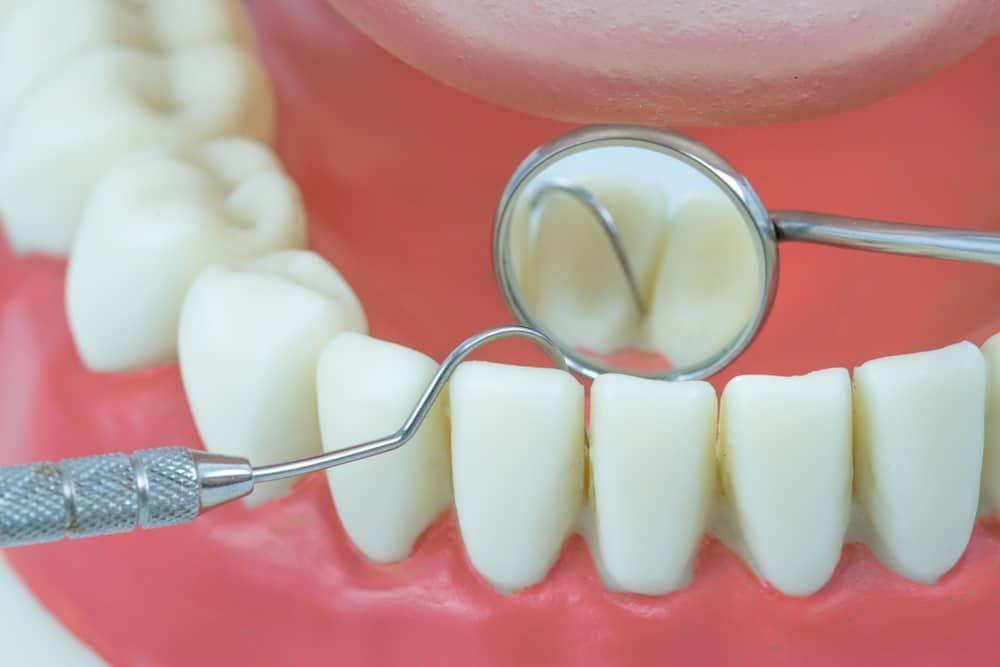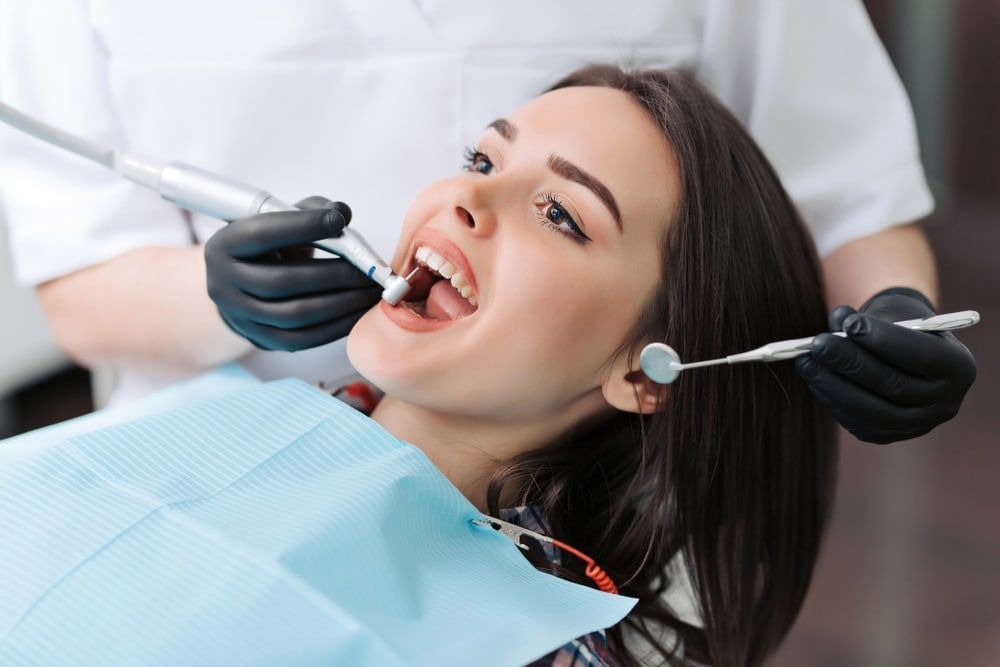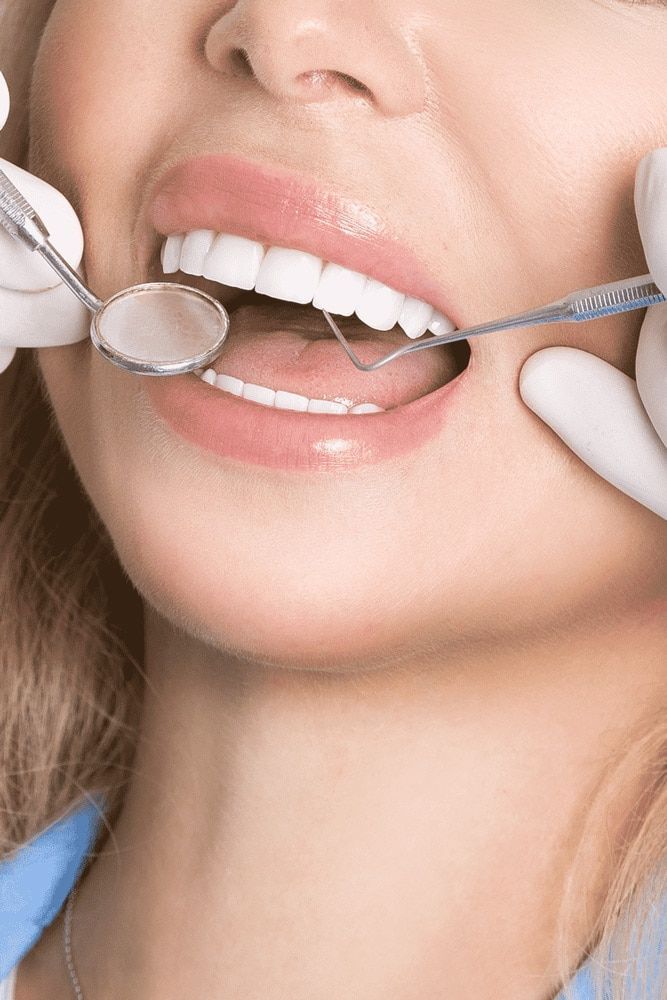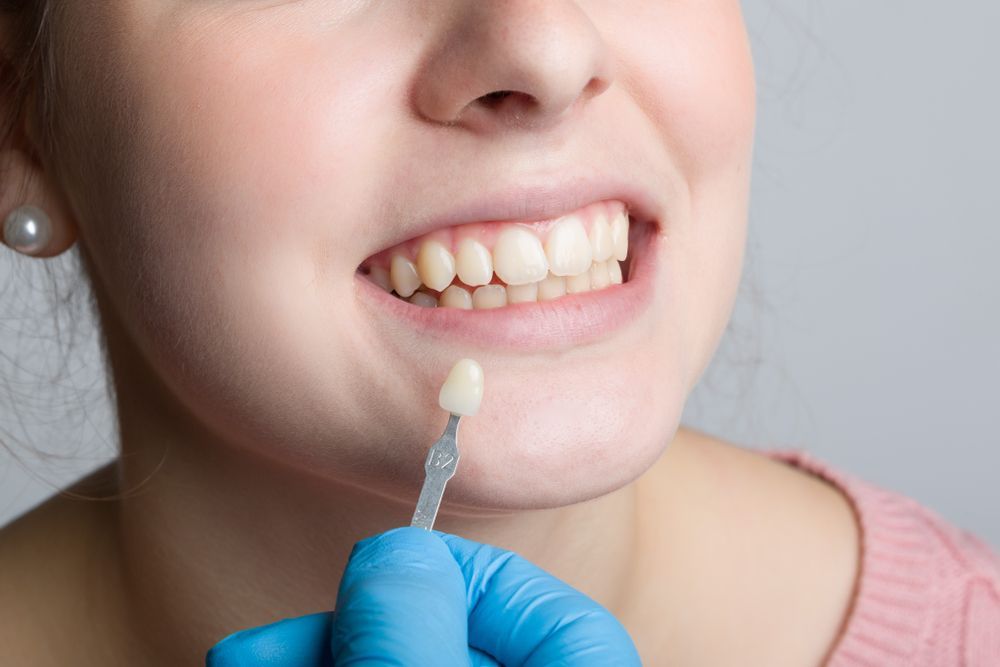Misaligned Teeth: The Importance of Correcting Your Bite with Proper Dental Care
Crooked teeth or an uneven bite can influence many aspects of a person’s oral health, often in ways that aren’t immediately obvious. From making oral hygiene practices more challenging to potentially affecting how the jaw functions, misaligned teeth may play a role in various daily discomforts. Addressing these concerns with guidance from a dentist is one way people seek to improve their oral wellness and support their long-term dental care goals.
This blog explores the potential impact of misalignment and outlines common treatment approaches, such as braces and Invisalign, used in dental care.
Table of Contents:
- The Broader Health Perspective of Misaligned Teeth
- Understanding the Bite: More Than Just Tooth Position
- Orthodontic Treatments: Options & considerations
- The Role of Retainers in Long-Term Maintenance
- Why Some Choose Orthodontic Care as Adults
- Early Assessments: Helping Parents Plan Ahead
- Individualised Care: Planning with Your Dentist
- Ongoing Care & Check-Ups
- Book a Dental Alignment Assessment Today
The Broader Health Perspective of Misaligned Teeth
Misaligned teeth—whether caused by genetics, habits during childhood, or injuries—can create complications beyond aesthetics. Many people consider alignment correction part of a broader dental care plan aimed at supporting function and hygiene.
Common concerns that may arise from dental misalignment:
- Difficulties in cleaning: Teeth that overlap or twist may make removing food particles and plaque harder during brushing or flossing.
- Potential pressure points: Uneven bite patterns can strain certain teeth, possibly contributing to wear over time.
- Jaw muscle tension: A misaligned bite might lead some individuals to experience muscle fatigue during regular activities like chewing.
It’s important to consult with a dental clinic to assess how alignment influences your oral care routine.
Understanding the Bite: More Than Just Tooth Position
Bite refers to how the upper and lower teeth come together when the mouth is closed. A misaligned bite, also known as malocclusion, may present in several forms, each potentially affecting comfort, oral function, or dental hygiene.
Different types of bite irregularities include:
- Overbite: When upper teeth extend significantly over the lower teeth.
- Underbite: When the lower teeth sit further forward than the upper teeth.
- Crossbite: A misalignment where the upper and lower teeth do not line up laterally.
- Open bite: Occurs when the front teeth don’t touch when the mouth is closed.
These variations in bite alignment can be explored further with a Mittagong dentist, who may use diagnostic imaging and models to determine a care approach suited to the individual.
Orthodontic Treatments: Options & Considerations
Orthodontic treatment is one commonly explored avenue for those seeking to address alignment issues. Treatments are designed to gradually move teeth into more desirable positions and may differ in method depending on the individual’s needs and oral condition.
Orthodontic treatment options may include:
- Traditional braces: Metal or ceramic brackets bonded to the teeth and connected with wires, adjusted over time.
- Clear aligners: A series of custom-fitted plastic trays worn over the teeth, typically removed for eating and cleaning.
- Functional appliances: These are often used in younger individuals to guide jaw growth and influence bite development.
An individual’s suitability for a specific type of orthodontic care is determined by their dental history, treatment goals, and clinical examination results.
The Role of Retainers in Long-Term Maintenance
Once orthodontic treatment is completed, teeth can shift back to their original positions without support. Retainers can help maintain the new alignment and form part of the post-treatment care process.
Types of retainers include:
- Removable retainers: Custom-moulded devices are typically worn overnight.
- Fixed retainers: A thin wire bonded to the back of the front teeth, generally used in the lower jaw.
The dental clinic will advise how often and how long retainers should be worn, as this varies based on the individual and the nature of their original misalignment.
Why Some Choose Orthodontic Care as Adults
While often associated with younger individuals, adults are increasingly considering orthodontic treatment. Some choose to revisit alignment issues left untreated earlier, while others begin orthodontic care in response to changes in their bite or teeth positioning over time.
Factors that may prompt adults to seek treatment:
- Oral hygiene support: Crowded or overlapping teeth can be difficult to clean properly, even with regular brushing and flossing.
- Comfort considerations: An uneven bite may be associated with jaw fatigue during meals or talking.
- Professional needs: Some adults explore alignment care for appearance-related reasons in personal or professional settings.
A dental consultation helps clarify the benefits and considerations of orthodontic care for adults based on personal and clinical factors.
Early Assessments: Helping Parents Plan Ahead
Orthodontic evaluation during childhood doesn’t always mean treatment will begin immediately. However, it provides valuable insight into jaw development, tooth eruption patterns and bite formation. Early diagnosis can assist in developing a care timeline that suits the child’s needs.
Aspects a dentist might examine during early orthodontic assessments:
- Tooth spacing: Early loss of baby teeth or crowding of emerging adult teeth.
- Bite function: How the top and bottom jaws align when the mouth is closed.
- Oral habits: Thumb-sucking, mouth breathing or other behaviours influencing development.
Based on these observations, a dental clinic may offer ongoing monitoring or discuss early intervention strategies if required.
Individualised Care: Planning with Your Dentist
Each person’s dental alignment and care needs are unique. A Mittagong dentist can develop a plan considering medical history, goals, age, and lifestyle preferences. Comprehensive assessments, such as digital imaging and bite analysis, may be used to guide discussions about available options.
What to expect during a dental alignment consultation:
- A full examination of teeth, jaw movement and bite alignment.
- Diagnostic records like x-rays, photographs and impressions, if needed.
- A discussion about goals, oral health priorities, and daily care routines.
- Information about orthodontic treatment options and maintenance plans.
Patients are encouraged to ask questions and consider their options, supported by clear, factual advice from a qualified practitioner.
Ongoing Care & Check-Ups
Whether undergoing orthodontic treatment or maintaining post-treatment results, routine dental visits remain important. Regular check-ups help monitor the health of the teeth, gums and jaw, making it easier to detect any changes early.
Ongoing care may involve:
- Adjustments or replacement of orthodontic devices as needed.
- Guidance on cleaning techniques for braces or aligners.
- Monitoring for signs of wear, irritation, or relapse.
- Reinforcement of oral hygiene and lifestyle tips.
Book a Dental Alignment Assessment Today
At
Mittagong Dental Care, we provide support and clinical insight to help you explore options for addressing misaligned teeth and bite-related concerns. Our approach is based on careful assessment and personalised planning.
Contact us to book a consultation or to learn more about dental alignment care.












